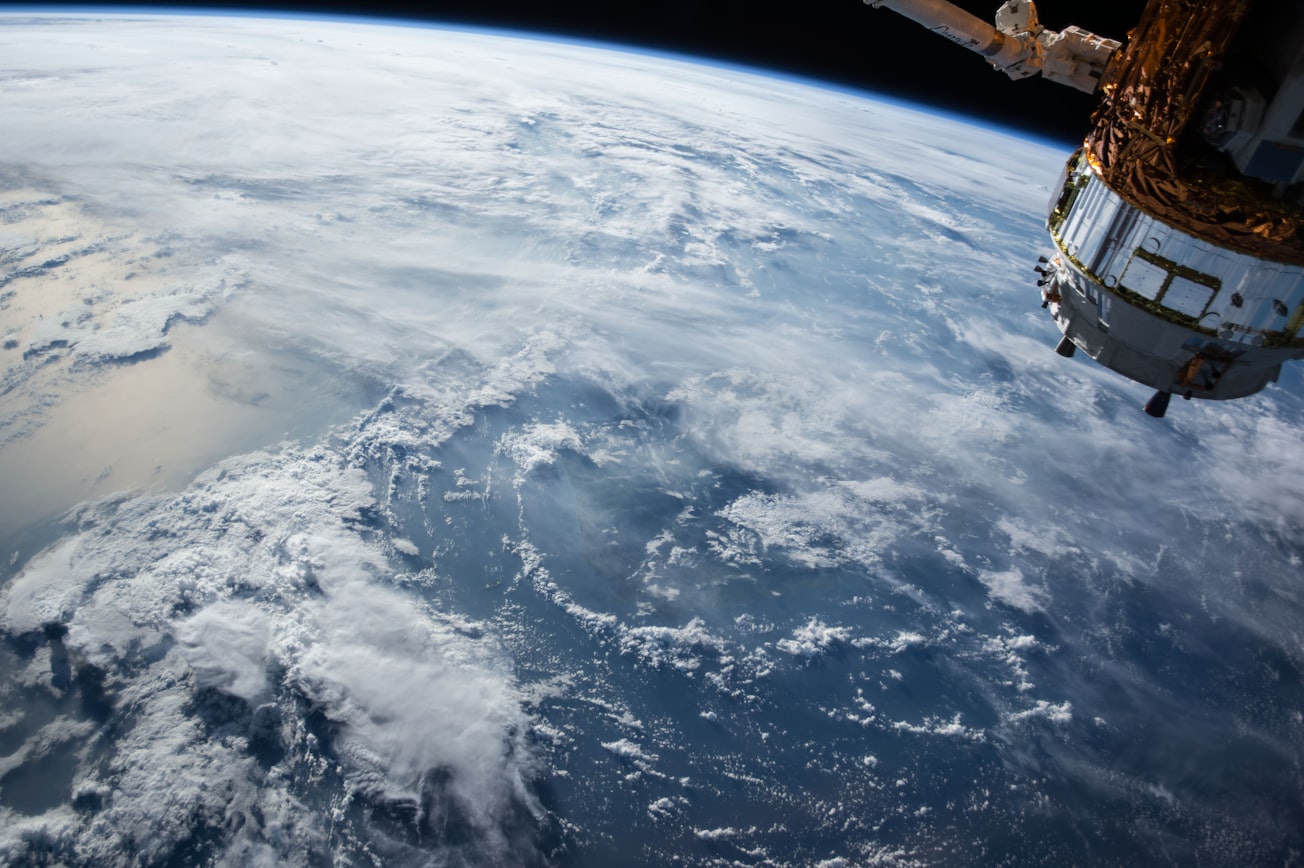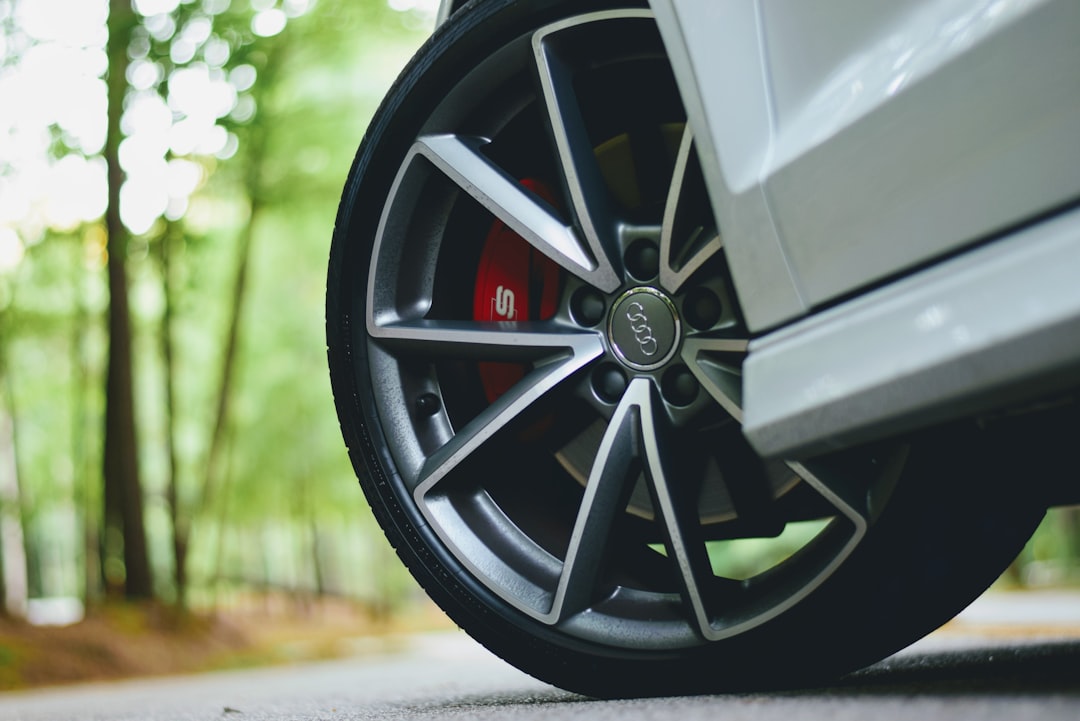What is it about?
Quasi-periodic orbits can be particularly interesting for space missions. With the development of solar-sail technology, this note investigates quasi-periodic orbits for a solar-sail spacecraft in the Sun-Earth system. More specifically, conditions for existence of such objects and their evolution are studied.
Featured Image

Photo by NASA on Unsplash
Why is it important?
The existence of solar-sail quasi-periodic orbits significantly increases the mission design space. Compared with classical orbits around the L1 point, solar-sail orbits are positioned closer to the sun which can be quite useful for space weather. The larger sizes of some orbits, in particular the size in the out-of-plane direction, may prove beneficial for observing the high latitudes of the Earth. When comparing the solar-sail quasi-periodic orbits with purely periodic solar-sail orbits, benefits may again be found in the increased design space, in particular in the flexibility in the launch and arrival conditions and satisfying mission requirements and constraints. Additional benefits may arise from the increased stability of quasi-periodic orbits over periodic orbits, thereby reducing station-keeping requirements and easing mission operations. Finally, and beyond the scope of mission design, solar-sail quasi-periodic orbits may contribute to a deeper understanding of the celestial motion of natural objects with large area-to-mass ratios, e.g., dust particles, and may therefore aid our understanding of the formation and evolution of our solar system.
Read the Original
This page is a summary of: Solar-Sail Quasi-Periodic Orbits in the Sun–Earth System, Journal of Guidance Control and Dynamics, September 2020, American Institute of Aeronautics and Astronautics (AIAA),
DOI: 10.2514/1.g005021.
You can read the full text:
Contributors
The following have contributed to this page










